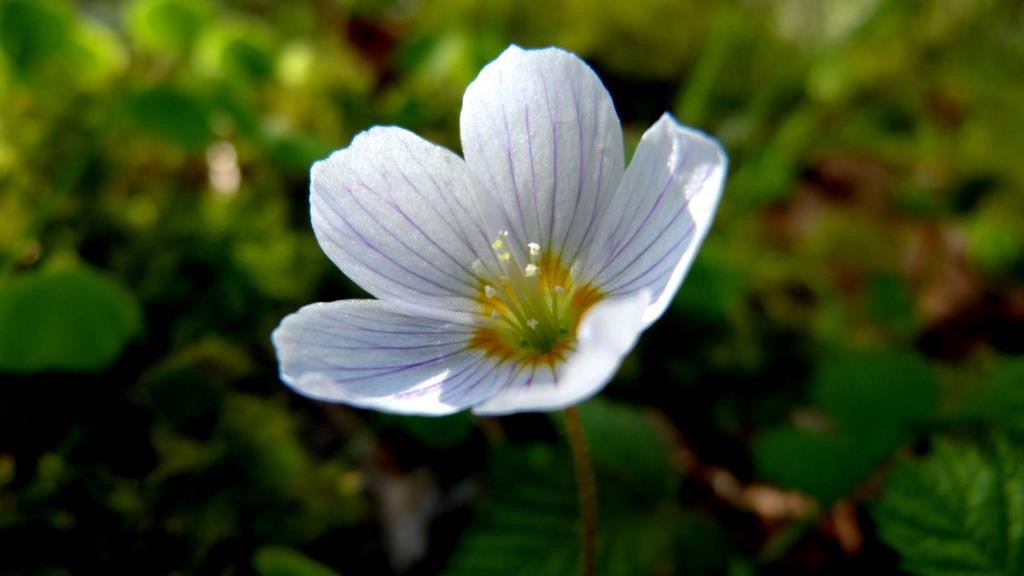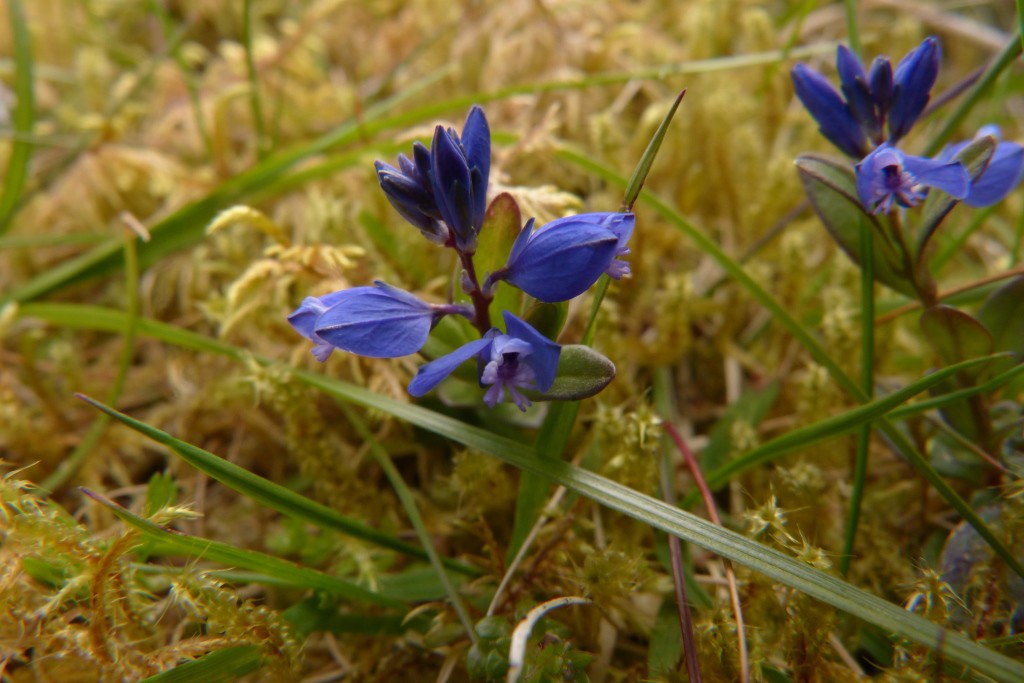By Sean Fagan

The delicate prettiness of wood sorrel (Oxalis acetosella). Wood sorrel is one of those wild edibles that should be eaten in moderation as its contains oxalic acid - a potentially harmful chemical if eaten in excess (Photo: Sean Fagan, County Wicklow, Ireland).
.
.
A Grey Area of Wild Food Foraging...
.
It would seem that as a species we generally shun ambivalence.
Of course I generalise.
As regards bushcraft, a grey area I've often come across is the area of edible and non-edible wild plants.
Either a wild plant is deadly poisonous or a hearty edible. That’s it. Kaput! Let there be no clouding of the clear waters of truth.
But the greater reality is that there is much ambivalence in the area of wild plant foraging.
The natural world is very much layered in complexity (albeit an interconnected, self-regulating complexity).
Wild plants, especially the ones we are most familiar with - the flowering plants (the angiosperms), have been surviving and thriving on our planet since primeval times – from about 125 million years ago.
Throughout that vast span of time, flowering plants have evolved a whole slew of defences against the diverse hordes of plant-eating mammals, invertebrates and reptiles etc.
One such defence is chemical defence – whereby many plant species contain certain chemicals that make them either harmful or unpleasant to consume.
But that’s not even the whole story as to why wild plants are either edible or toxic for humans. Some plants are both toxic and edible, while some plants are edible throughout certain times of the year.
Learn more about my general thoughts on why wild plant foraging must be treated with a flexible and cautious mind-set, and why ambiguity should be embraced rather than shunned when it comes to the tricky world of edible plants.


Recent Comments